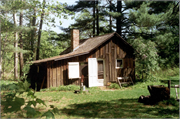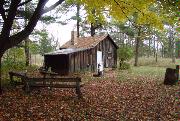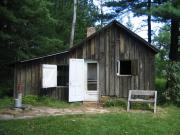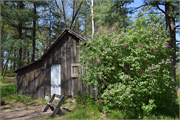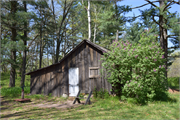| Additional Information: | A 'site file' exists for this property. It contains additional information such as correspondence, newspaper clippings, or historical information. It is a public record and may be viewed in person at the Wisconsin Historical Society, Division of Historic Preservation. Listed as a NHL on 1/16/2009. This property is not mapped because the location is confidential. ORIGINAL LEOPOLD OWNERSHIP WAS 120 ACRES. THIS PROPERTY SERVED AS LEOPOLD'S ARTISTIC INSPIRATION, THOUGH HIS ACTUAL WRITING TOOK PLACE ELSEWHERE.
In 1935, University of Wisconsin Professor Aldo Leopold turned a dilapidated chicken coop on a worn-out, abandoned farm along the Wisconsin River into a weekend retreat and headquarters for his most famous ecological experiment. Here the pioneering conservationist, wildlife ecologist, wilderness advocate, and author of the famous essay “The Land Ethic” hoped to demonstrate that one could restore degraded land to ecological health. He and his family repaired the front-gabled, board-and-batten shack, covered the roof with wooden shingles, and added a one-room wing with a shed roof. Windows, a paneled door, shelves and cabinets, and a fireplace with a massive sandstone chimney breast and a mantle of red cedar, harvested on site, turned the outbuilding into a rustic cabin, which the Leopolds called simply “The Shack.” Eventually, they installed a wooden floor and whitewashed the interior walls. Cooking took place in the fireplace hearth or over a camp fire, and the family pumped water from a well just beyond the front door. The Leopolds then set to work planting pines, tamaracks, sugar maples, and other tree species and restoring a prairie. This landscape became the primary setting for his influential collection of essays, A Sand County Almanac. |
|---|

